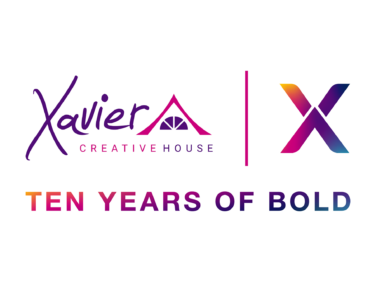Employee engagement is a term that is readily used today to evoke a sense that companies truly value their people. It’s important that the term not be used as window dressing for the lack of real resources being invested in attracting, delighting and retaining top talent. Highly satisfied and productive employees contribute a disproportionate amount of energy and, ultimately, productivity than those who are not engaged. Key drivers of companies’ attention on employee engagement include:
- Increased focus on engaging employees fosters high contribution and high satisfaction.
- In role training and development training is essential for performance and growth, which leads to engagement.
- There’s an increased demand for talent in the marketplace.
- Employees are demanding more flexible training options as an investment in their future.
The implications for organizations regarding the above drivers of employee engagement are that companies need to incorporate engagement and development into their strategies. They need to have very specific overarching objectives and put the resources behind building tactics to make development front and center for their employees. Companies need to meet their employees where they are in terms of their growth, desires and potential. Furthermore, organizations need to clear time on employees’ schedules specifically for them to partake in developmental offerings.
The Right Management
Creating an environment that encourages employees to take greater ownership of their own development as well as providing feedback on company cultures is a way to increase engagement. It is also critical that companies build employee engagement, strategies and activities into all management and leadership development. Managers need to understand the value of employee engagement, how to find out what each of their employees desire and have the resources behind them to be able to encourage employees to partake in developmental opportunities. The old adage that employees leave managers, not companies is still true.
It is important, however, that the company supports its managers in taking a true interest in their people not only to provide them the resources and support that they need to do their current job, but also to help them grow bigger in their jobs for today and tomorrow. Organizations must recognize that employees have different career objectives and learning styles, and that it’s important to lead, manage and train them accordingly.
70/20/10 Development
The Center for Creative Leadership acknowledges that the most successful development plans for employees follow the 70/20/10 format: 10% of an employee’s development should be on formal training, 20% of their time should be spent being mentored and coached on what they are working on, while 70% should be on the job opportunities for people to practice what they are working on. When each employee is required to have a development plan and the company expects that everyone deserves a great manager, then you have a winning combination for employee engagement. Supporting the 70/20/10 concept is important for companies to ensure that they have appropriate business content available for remote learners, onsite learners and those new to the company through tenured associates.
Key strategies for employee engagement should include:
- Development as a priority in recruitment materials.
- An effective Day One onboarding program that enrolls people into their new organization.
- Functional training in the first 90 days that helps people be successful out of the gate.
- Ongoing development for employees as well as managers and leaders who support their development.
- Require a certain percentage of time be spent on development which elevates this as a priority.
- Consider a myriad of offerings that support 70/20/10 including formal training, mentorship programs and creative on-the-job opportunities via special projects, action teams, rotations and internships.
- In addition to job-related developmental offerings consider a wellbeing program that encourages people to consider their work life harmony along the lines of physical, spiritual, financial, community and work.
When people feel that their company is invested in them and that they are continuing to grow and develop, they are less likely to look outside of the organization that is so devoted to them. Employee engagement is not a catch phrase. It’s a critical business strategy and, more importantly, it is incredibly expensive to attract hot talent and then not do the work to enroll, develop and keep it. Employee engagement helps to ensure that takes place.







